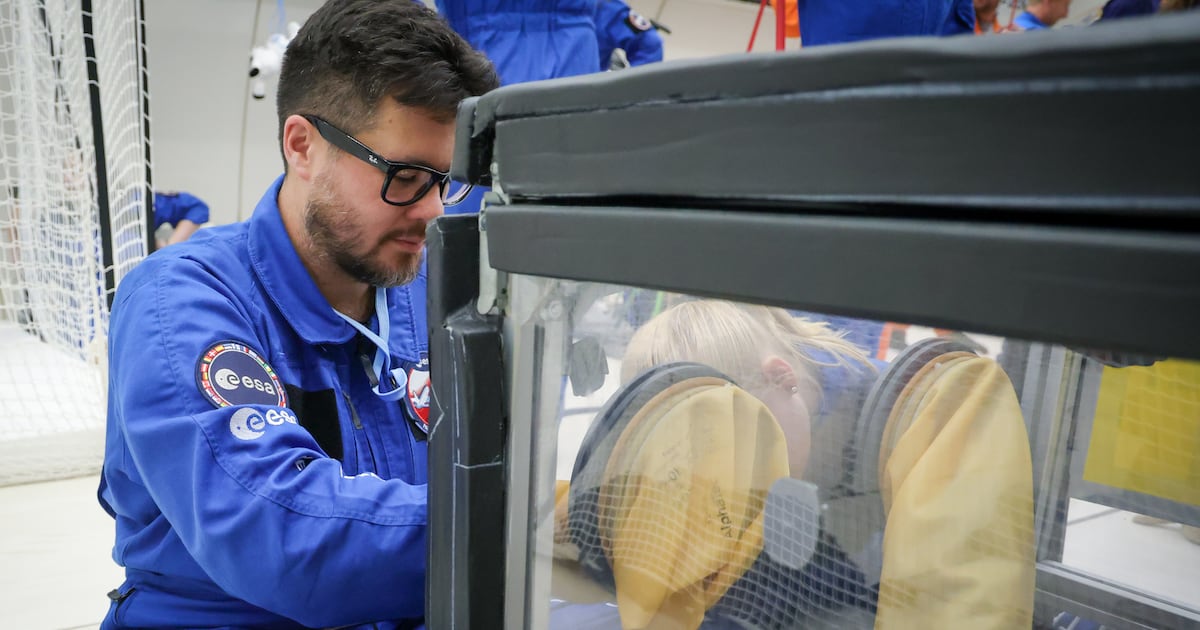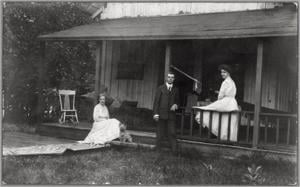Science
B.C. Anesthesiologist Explores Anesthesia in Zero Gravity

Anesthesiologist Dr. Matthew Turnock and his research team recently conducted groundbreaking studies on how anesthetic drugs behave in microgravity conditions. This unique project, funded by the Canadian Space Agency, involved the team experiencing genuine zero gravity aboard an Airbus A310 in France, aiming to understand the implications of administering anesthetics in space.
The research arose from concerns regarding the complexities of anesthesia in a zero-gravity environment. “In space, giving an anesthetic is challenging because of the space and volume requirements,” Turnock explained. “If there’s an accidental circuit disconnection, the entire crew of a spacecraft could be anesthetized, which would be a really bad thing.”
To simulate the conditions of a patient in space, Turnock and his team developed a model of a spinal canal using computed tomography (CT) images of a real person. They filled the model with simulated spinal fluid to investigate how anesthetic agents might behave without the influence of gravity. “There’s a chance the medication could float up to the brain. Sometimes we see that here on Earth. We call it a high spinal,” he noted.
The team experienced microgravity by flying in an aircraft that performed parabolic maneuvers, allowing them to experience approximately 25 seconds of weightlessness at the peak of each climb. “And it’s not simulated, it’s real zero gravity, exactly how an astronaut would feel in space,” Turnock said, reflecting on the exhilarating experience.
During these weightless periods, they tested their hypothesis that the lack of gravity would prevent the spread of medication. “If we remove gravity, we hypothesized that the medication actually wouldn’t spread at all, which is what we found,” Turnock stated. Surprisingly, the results indicated that the medication did not spread sufficiently to be effective, leading the team to consider ways to enhance the distribution of anesthetics in microgravity.
The research has opened up new avenues for exploration, prompting further inquiries into how to improve anesthetic efficacy in space. Turnock emphasized that the findings raise critical questions that necessitate additional investigation. The team, which included Dr. Alex Suen, Dr. Siobhan Wagner, and Adrian Tabari, aims to continue their research to develop safer and more effective anesthetic protocols for future space missions.
As humanity prepares for extended space travel, understanding the behavior of medications in microgravity will be essential. With projects like these, researchers are laying the groundwork for safe medical practices that could one day support astronauts on long-duration missions to the Moon and beyond.
-

 Politics2 weeks ago
Politics2 weeks agoSecwepemc First Nation Seeks Aboriginal Title Over Kamloops Area
-

 World4 months ago
World4 months agoScientists Unearth Ancient Antarctic Ice to Unlock Climate Secrets
-

 Entertainment4 months ago
Entertainment4 months agoTrump and McCormick to Announce $70 Billion Energy Investments
-

 Lifestyle4 months ago
Lifestyle4 months agoTransLink Launches Food Truck Program to Boost Revenue in Vancouver
-

 Science4 months ago
Science4 months agoFour Astronauts Return to Earth After International Space Station Mission
-

 Technology3 months ago
Technology3 months agoApple Notes Enhances Functionality with Markdown Support in macOS 26
-

 Top Stories1 month ago
Top Stories1 month agoUrgent Update: Fatal Crash on Highway 99 Claims Life of Pitt Meadows Man
-

 Sports4 months ago
Sports4 months agoSearch Underway for Missing Hunter Amid Hokkaido Bear Emergency
-

 Politics4 months ago
Politics4 months agoUkrainian Tennis Star Elina Svitolina Faces Death Threats Online
-

 Politics4 months ago
Politics4 months agoCarney Engages First Nations Leaders at Development Law Summit
-

 Lifestyle2 months ago
Lifestyle2 months agoManitoba’s Burger Champion Shines Again Amid Dining Innovations
-

 Technology4 months ago
Technology4 months agoFrosthaven Launches Early Access on July 31, 2025





















